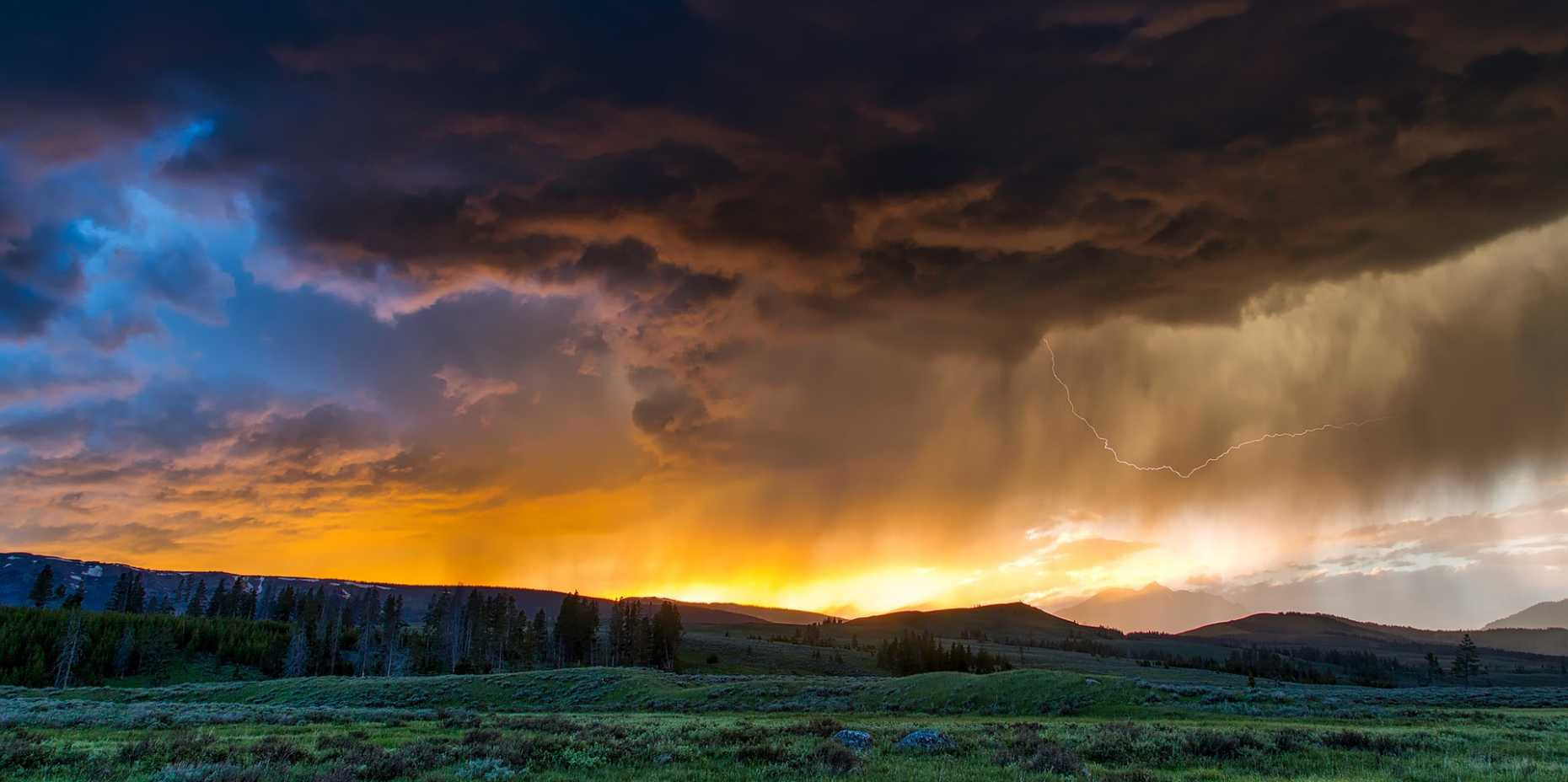Communication of Climate Risks
Professor David N. Bresch from the Institute for Environmental Decisions at the Department of Environmental Systems Science of ETH Zürich visited the ISTP on March 28th 2017 and spoke about how weather and climate risks can be communicated more effectively.
By MSc STP student Helene Wiesinger

While the existence and importance of climate change is largely undisputed, it remains challenging for climate scientists to communicate their concrete findings to private stakeholders and governments. While scientists try to improve understanding and deepen knowledge of the climate system, the broader public in general and decision-makers in particular are mainly interested in the ways in which coming changes will influence their lives, and what challenges accompany these changes.
There are several challenges to effective communication: “science-speak” can be confusing as it includes very abstract and (for average people) distant concepts and ideas and often focuses on uncertainties. The other big problem is that many stakeholders do not yet know which effects of climate change will matter to them nor how they will matter, so typical scientific results do not readily help them better understand how their life or business will look in the future.
Professor Bresch and his colleagues are trying to work on this by engaging scientists, businesses, government and civil society in a more down-to-earth dialogue. Their approach has yielded positive results in different places of the world: from Switzerland, where SBB will have to deal with cooling and air-conditioning problems of their rolling stock, to Bangladesh, where coastal cities will be exposed to increasing flood risks.
In order to quantify risks today, the effect of (economic) development and climate change, climate models were combined with models that assess impacts of specific (extreme) weather events. In order to render such risk assessments most relevant for decision-making, as many stakeholders as possible have been involved to explore what data is needed, which factors are crucial, and to better frame what matters to whom.
Based on more than twenty Economics of Climate Adaptation (ECA) studies worldwide, each involving many stakeholders (often of the order of many dozens), there are some specific findings about how to better communicate scientific results and engage with stakeholders to co-develop solutions in particular and make decisions in general. Points to mention are:
- Start a participatory process: people want to be involved in things that concern them. A local point of view and observations from the area will also help improve scientific models and prediction tools. Research questions should be framed according to the needs of the population and this can only be done through consulting them.
- Ask what people do and what matters to them in their life, rather than ask what they need with regards to climate research. This helps in finding the most relevant challenges in respect to future change.
- Be careful about being instrumentalized for certain goals, such as (barely hidden) political agendas.
- Do not underestimate the capacity of your audience to understand “complex realities,” be honest and transparent about assumptions and limitations - and about unknowns.
- Make your tools interactive: When people are able to change (uncertain) parameters and play around with the tool, it creates a better understanding of what uncertainty means and importantly, what climate change ultimately means to them.
- Communicate results in “normal” language:
- Discuss most likely and extreme cases, rather than putting error-bars on your results. Stay away from assigning probabilities to scenarios – experience tells that users can indeed stress-test what matters to them using scenarios in the (intended) way, i.e. as possible consistent future states of a system, not as predictions.
- Use graphs that people can relate to, preferably maps, rather than aggregate measures (such as cost/benefit in abstract terms). The specific representation of results very much depends on the audience – in case studies, results were often displayed in different ways to accommodate different backgrounds (including education level) and interests.
- Clearly point to trade-offs, do refrain from monetizing impacts e.g. in natural habitat or to human life. Decision-makers need to be able to realize what exactly they are deciding for. Nobody – and especially not a scientist – shall pre-empt the reconciliation of costs and benefits along dimensions of (monetary) value and dignity (of life).